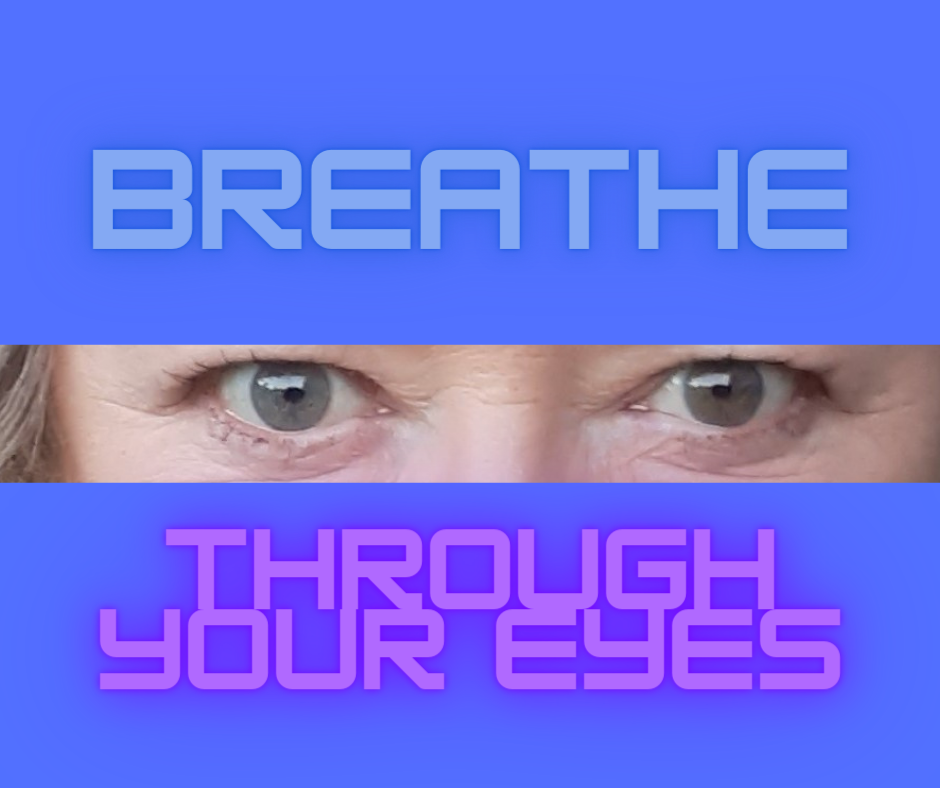
Feeling stressed or anxious? Then stop and take a moment to notice how you are breathing.
When you are distressed, your breathing is automatically shallow and relatively fast. Most of us know our breath is important, but few of us breathe well. You’re probably familiar with the idea of ‘taking a deep breath’, but have you heard of Diaphragmatic Breathing? Breathing slow and deep into your diaphragm has long been known as the quickest way to shift your body from a distressed state into a more relaxed state where you can think more clearly.
The only problem with Diaphragmatic Breathing as it’s normally taught is that it’s notoriously difficult to master without a lot of practice.
My Breathing Through Your Eyes technique is a new, user-friendly approach to Diaphragmatic Breathing. Don’t be surprised if you master it within just one or two breaths. It really is that simple!
Before you start
Rather than focusing on your diaphragm, I encourage you to focus on the breath itself. You will breathe in through your nose and ideally out through your mouth, although if breathing out through your nose is more comfortable, please do so.
Now take a normal breath in through your nose. Notice that the breath appears to flow into your nostrils and then simply disappear. When you learn to breathe through your eyes it will feel quite different.
How to breathe through your eyes:
- Open your eyes wide and take a long slow breath in through your nose:
- Imagine the breath flowing high up your nose then diving out through the bridge of your nose and flowing into your eyes.
- Focus on feeling the breath in your eyes. Look for a sense of coolness or a light breeze across the surface of your eyes.
- Breathe out, long and slow.
- Take another breath into your eyes.
- Notice your body relax as you breathe.
- Notice your shoulders let go.
Now, how easy was that?
Practice makes perfect
Ideally practise breathing through your eyes at least 5 times a day, even if it’s only 2 to 3 breaths each time.